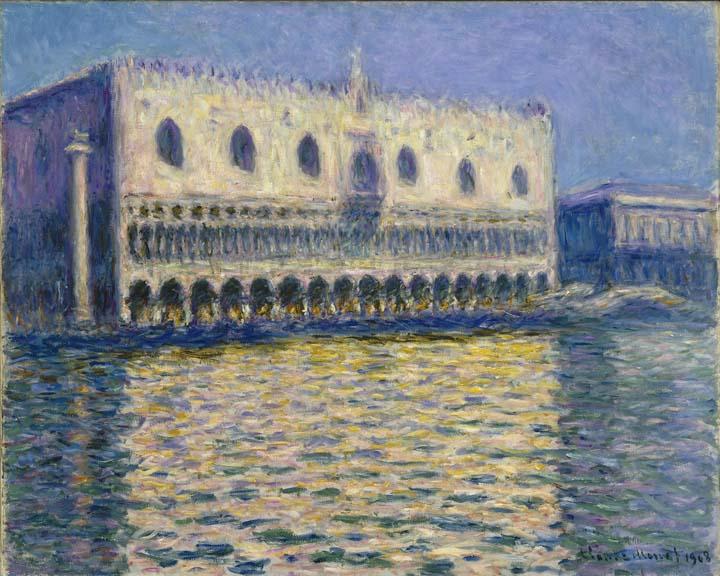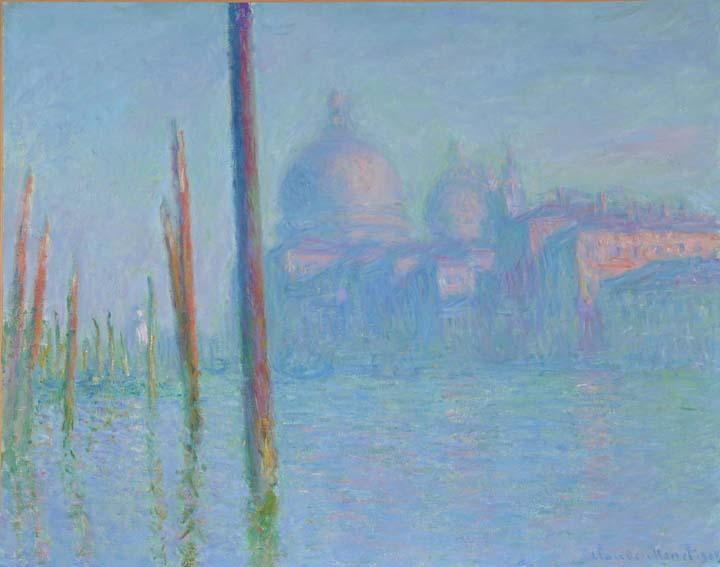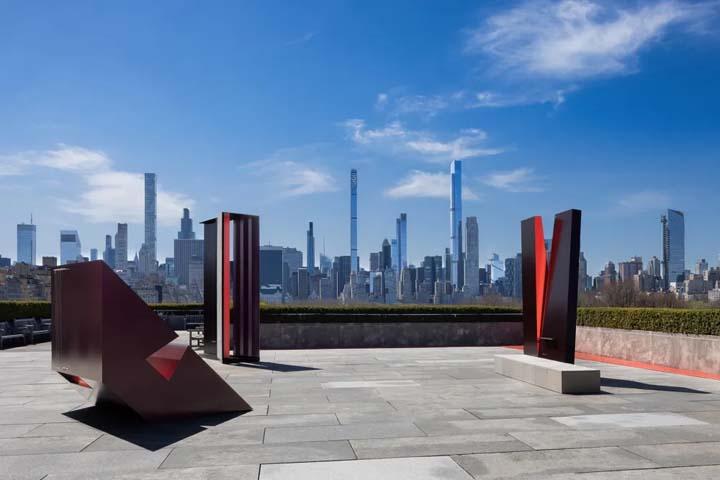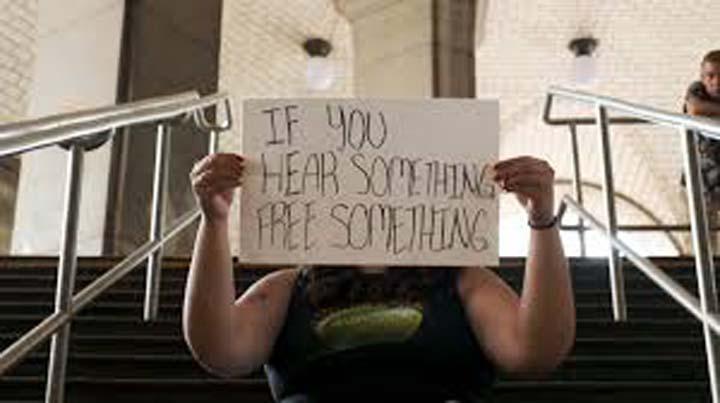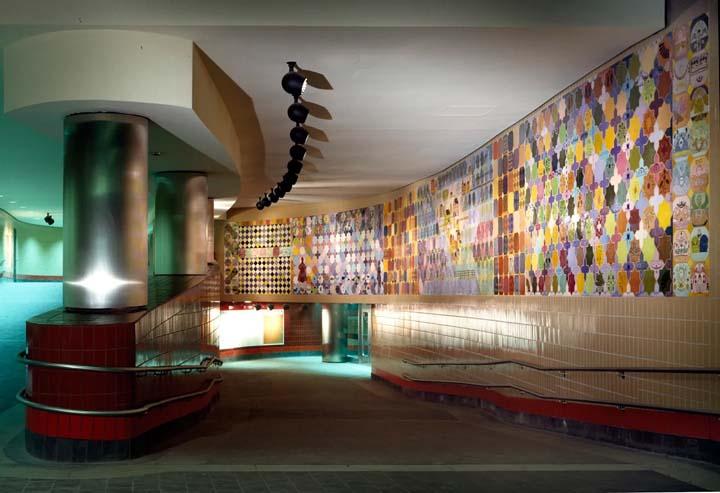The DART Board: 10.01.2025
Saturday, October 11: Monet and Venice at Brooklyn Museum
During his 10-week visit to Venice in 1908, Claude Monet captured the city’s ethereal cityscape in close to 40 shimmering canvases, creating works unlike anything produced by the centuries of artists who painted the city before him. Upon arriving in this place of magical light, Monet remarked that Venice was “too beautiful to be painted.” While Monet visited this city only once, its fragile beauty and delicate interplay of land and sea had a profound impact on him. Venice became a site of both formal experimentation and symbolic resonance for the artist as he developed his nearly abstract approach to painting the Waterlilies series of his late career
Unlike the bustling, populated scenes painted by artists like Canaletto, Monet’s Venice is, typically, almost devoid of human presence. His focus was as always on rendering the city’s architecture and waterways emerging through and dissolving in the encompassing and unifying color and light that he described as the enveloppe. Also included are key examples of Venetian imagery by artists who preceded or were contemporaneous with Monet, including Manet, Renoir, Singer Sargent, Turner, and others, situating Monet’s works within a rich tradition of Venice as a subject of artistic inquiry
In zeroing in on what set Monet’s Venetian paintings apart from what came before him, historian Joachim Pissaro writes, “Of the three dozen paintings that Monet produced in Venice in 1908, twenty-nine were exhibited for the first time as a series—or, more accurately, as a group of series—at the gallery Bernheim-Jeune in Paris from May 28 to June 8, 1912. Monet’s exhibition was hailed as a triumph by most critics, who did not fail to draw a connection between his work and early modernism…. It was around this same notion of “truthfulness” that Apollinaire praised Monet’s views of Venice, writing that this “concern for truth” led the viewer to understand Venice apart from its mythical status and reduced to its reality: canals seen through mist or haze.
“The artist’s views of the city are animated by his desire to get down to the bare essentials of what he selected to look at. Venice was, for him, a return to basic materials—stones, light, water, mist—each interacting with the other to produce a mosaic of suffused iridescent hues that saturate the entire surface of the canvas. Never before had Venice been so severely stripped of all its mythical attributes; never had the materiality of the air and the haze and their colors coalesced into something as real—as truthful—as they did in Monet’s paintings.”
Monet and Venice will further engage audiences through immersive elements, including an original symphonic score inspired by the artist’s Venice paintings by the Brooklyn Museum’s Composer in Residence, Niles Luther.
Brooklyn Museum of Art, 200 Eastern Parkway, Brooklyn, NY Info
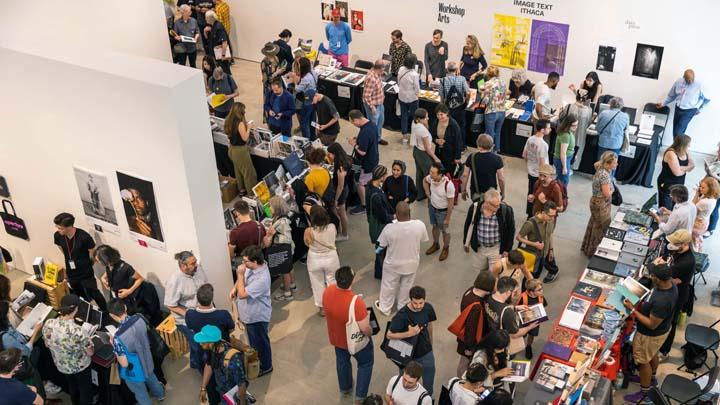
Thursday, October 2, 6-9pm: Opening Night, Photobook Fest 2025 at ICP
Join us at the International Center of Photography from October 2–5, 2025, where 70 visionary local and international publishers gather to showcase the art of the photobook This three-day, building-wide celebration of the best in photography publishing includes exclusive photographer book signings, drop-in workshops, and illuminating conversations to shape the future of photobook making. Whether you’re a collector, a creator, or simply curious, this is where the next chapter of photography unfolds.
Continues through Saturday, October 4 at International Center of Photography, 84 Ludlow Street, New York, NY Tickets
Sunday, October 5, 2pm: International Contemporary Ensemble| Jennie C. Jones at The Met
Artist Jennie C. Jones’s fascination with sound manifests in her sculptures, from early works made from audio cables to her 2025 Met Roof Garden Commission, Ensemble [above], a set of abstract string instruments that “hits a high note” (Artnet).
For this special performance, the International Contemporary Ensemble brings to life Jones’s “graphic scores,” works on paper that investigate sound through visual means. Jones and the Ensemble’s Artistic Director, composer and musicologist George Lewis, will also discuss the scores’ formal and sonic structures, which reframe Minimalism’s legacy and illuminate new intersections between music, abstraction, and experimentation.
This performance is presented in conjunction with The Roof Garden Commission: Jennie C. Jones, Ensemble. This exhibition is the final Roof Garden Commission before the space temporarily closes, on October 29th in preparation for the construction of the Tang Wing, The Met’s new home for its collection of modern and contemporary art. The series will resume following the anticipated 2030 reopening of the renovated wing, which will feature an expanded Cantor Roof Garden on the fourth floor.
The Metropolitan Museum of Art, 1000 Fifth Avenue, New York, NY Tickets
Last Chance, Sunday, October 5: Chloë Bass | If you hear something, free something
Chloë Bass's If you hear something, free something, continues to resonate through 14 New York City subway stations for just a few more days. A major new public art commission, and the first innovative artist project on the MTA Broadcast System, this first sound work by Bass is presented in partnership with Creative Time and MTA Arts & Design. Key station mezzanines across four boroughs become spaces of reflection, care, and shared attention.The project unfolds through 24 poetic announcements, voiced by professional performers and everyday New Yorkers.
Each begins with a custom tone, created in collaboration with Jeremy Toussaint-Baptiste, and concludes with the chorus: If you hear something, free something. The multilingual soundscape—English, Spanish, Arabic, Bangla, Haitian Kreyòl, and Mandarin—invites the city’s diversity into fleeting encounters that connect neighborhoods, languages, and moments in time.As described in The New York Times, the announcements capture how what we hear can shape how we feel, how we act, and how we relate to the world around us—even for just a moment.
These ephemeral sonic gestures transform the subway into a space for attentiveness, care, and reflection.This is a rare opportunity to experience this monumental yet fleeting gesture reverberating through the subway until Sunday, October 5—and to witness a practice of everyday care woven into the city’s rhythms. To identify participating stations, please go here For a preview, please go here
Monday, October 6, 7m:-8pm: Joyce Kosloff | Visiting Artist Talk at SVA
BFA Fine Arts presents a talk with artist Joyce Kozloff, an originating participant in the Pattern and Decoration movement, who explores applied and decorative arts as source and inspiration, especially visual cultures of the nonwestern world. Her maps and globes, which image both physical and mental terrain, employ mutations to raise geopolitical issues. She completed 17 public artworks [above: Harvard Square Station, Cambridge, MA]; the two most recent are at the 86th Street and Central Park West subway station, MTA Arts in Transit Program, 2018 and the new federal courthouse in Greenville, SC, GSA Art in Architecture Program, 2021. Her work is also in many public collections.
School of Visual Arts, 336 West 16th Street, New York, NY Info
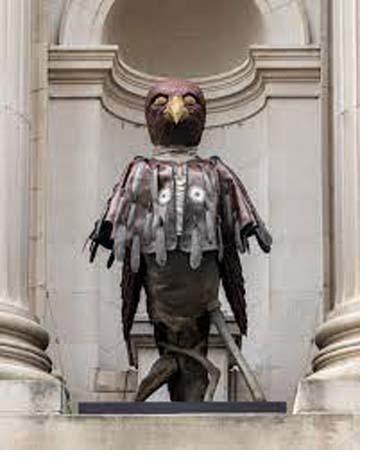
Titled The Animal That Therefore I Am, this installation transforms the Museum’s neoclassical facade into a dynamic stage for Jefrey Gibson’s ambitious vision of figural presence and ecological kinship. Each 10-foot bronze sculpture takes the form of a regional animal: a hawk, a squirrel, a coyote, and a deer. Using cast elements such as wood, beads, and cloth to build texture, Gibson embraces a new process that expands his sculptural vocabulary. From these reproduced wood supports emerge referential animal forms, with each sculpture formally fusing the animate and the inanimate. Intricately bold, patinated abstract patterning evokes beadwork and textiles drawn from a range of Indigenous visual languages—motifs that are seamlessly integrated into the sculptures’ surfaces.
The works are inspired by Jacques Derrida’s book The Animal That Therefore I Am, which examines the violence inherent in the human domination of animals—a theme Gibson connects to broader cycles of conflict. By selecting species native to the New York area, he reflects on how these creatures have been forced to adapt to human environments, inviting us to consider what they endure and what they might teach us. The Animal That Therefore I Am flanks the Museum entrance, the zoomorphic forms remaining in dialogue with the surrounding landscape, from the natural environment of the Hudson River Valley, where Gibson lives and works, to the urban ecology of Central Park encircling The Met.
Metropolitan Museum of Art, 1000 Fifth Avenue, New York, NY Info



